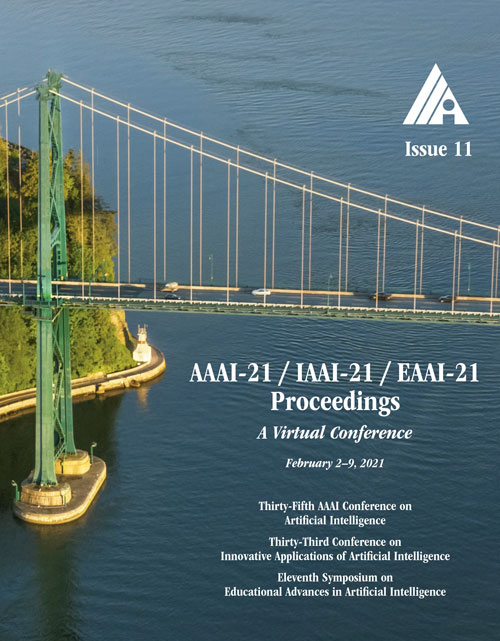Gene Regulatory Network Inference as Relaxed Graph Matching
DOI:
https://doi.org/10.1609/aaai.v35i11.17230Keywords:
Graph-based Machine Learning, BioinformaticsAbstract
Bipartite network inference is a ubiquitous problem across disciplines. One important example in the field molecular biology is gene regulatory network inference. Gene regulatory networks are an instrumental tool aiding in the discovery of the molecular mechanisms driving diverse diseases, including cancer. However, only noisy observations of the projections of these regulatory networks are typically assayed. In an effort to better estimate regulatory networks from their noisy projections, we formulate a non-convex but analytically tractable optimization problem called OTTER. This problem can be interpreted as relaxed graph matching between the two projections of the bipartite network. OTTER's solutions can be derived explicitly and inspire a spectral algorithm, for which we provide network recovery guarantees. We also provide an alternative approach based on gradient descent that is more robust to noise compared to the spectral algorithm. Interestingly, this gradient descent approach resembles the message passing equations of an established gene regulatory network inference method, PANDA. Using three cancer-related data sets, we show that OTTER outperforms state-of-the-art inference methods in predicting transcription factor binding to gene regulatory regions. To encourage new graph matching applications to this problem, we have made all networks and validation data publicly available.Downloads
Published
2021-05-18
How to Cite
Weighill, D., Ben Guebila, M., Lopes-Ramos, C., Glass, K., Quackenbush, J., Platig, J., & Burkholz, R. (2021). Gene Regulatory Network Inference as Relaxed Graph Matching. Proceedings of the AAAI Conference on Artificial Intelligence, 35(11), 10263-10272. https://doi.org/10.1609/aaai.v35i11.17230
Issue
Section
AAAI Technical Track on Machine Learning IV

